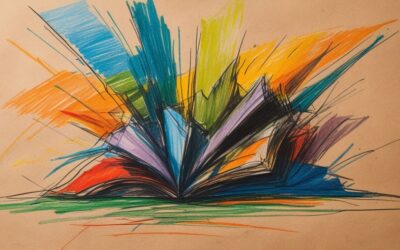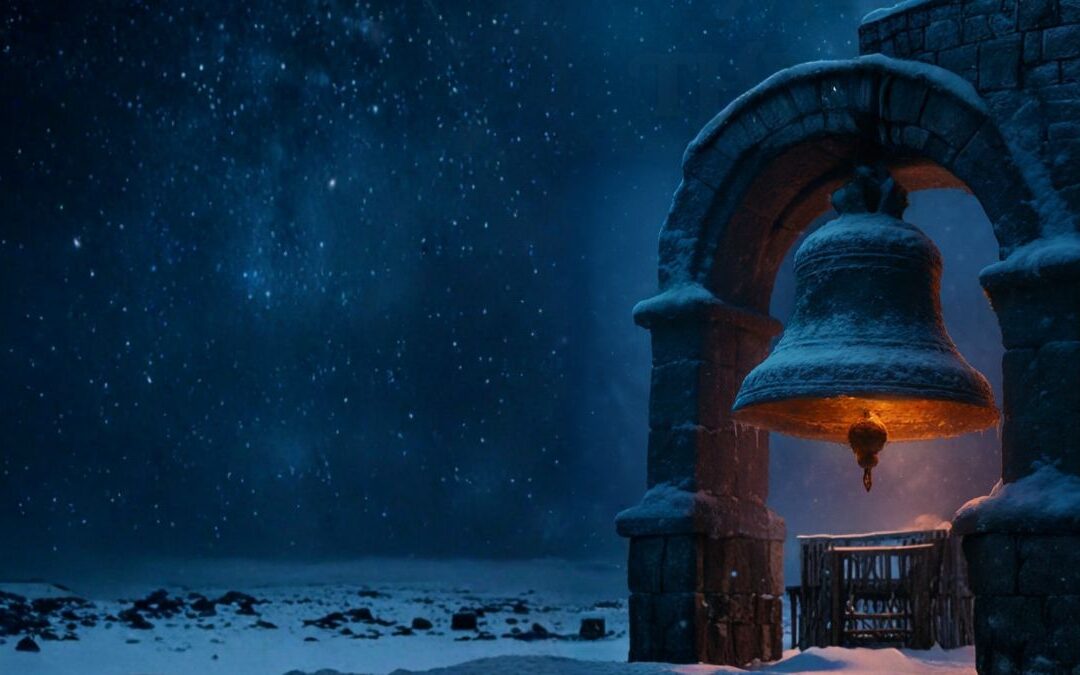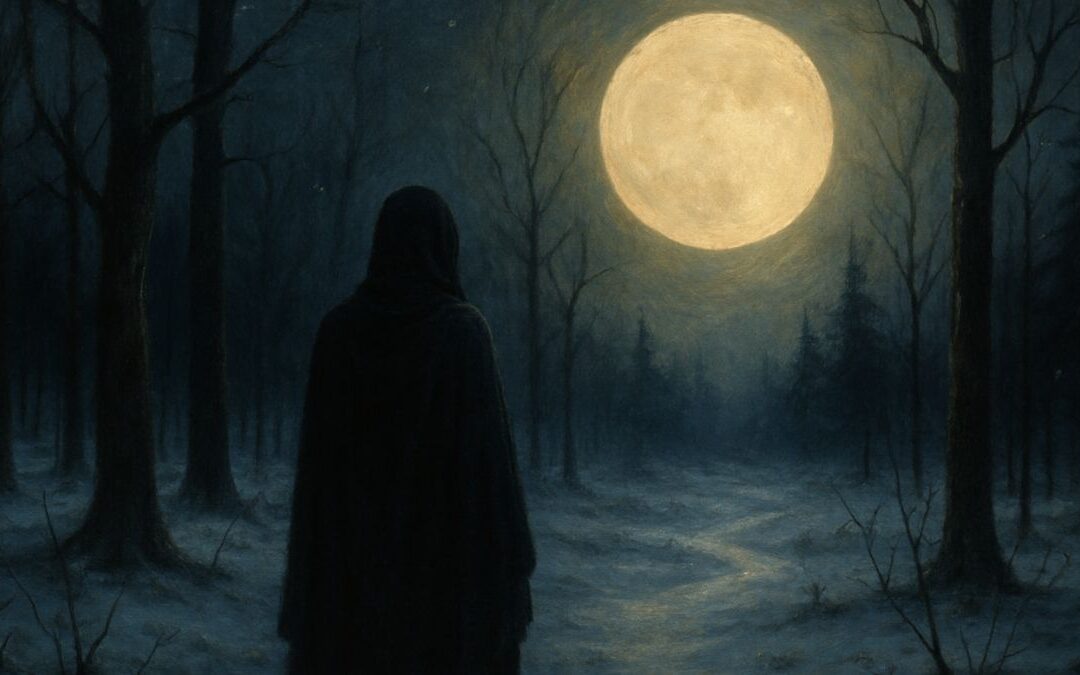Weather is more than just background noise in storytelling—it’s an active part of the narrative that can influence mood, hint at deeper meanings, and shape characters’ actions. In real life, weather affects how we feel and what we do, so it only makes sense that it should have a similar impact on the worlds we create as writers. Yet, weather is often overlooked or reduced to mere small talk between characters. In this article, we’ll explore how weather can be used purposefully in narrative writing to add emotional depth, create tension, and enhance the storytelling experience.
Setting the Mood with Weather
The simplest and most common way to use weather in your story is to set the mood. A gloomy, rainy day naturally creates a melancholic or reflective atmosphere, while a bright, sunny morning brings a sense of optimism and possibility. However, the real magic happens when you use weather to convey more complex emotions. For instance, an unexpected downpour can symbolize emotional release—tears that won’t be shed by the protagonist but are expressed by the sky instead. On the other hand, relentless heat in a desert setting might reflect rising tension between characters or their slow descent into madness.
Creating Tension and Foreshadowing
Weather can also build narrative tension and hint at what’s to come. Think of how storms, lightning, or heavy winds are often used in stories just before something dramatic happens. It’s a way to prepare readers for impending conflict without spelling it out. Imagine two characters having a heated argument as thunder rumbles in the background—suddenly, the tension between them feels electric, charged with the same energy as the storm. Or picture a snowstorm that isolates characters, forcing them to confront problems they’ve been avoiding. Weather not only sets the stage but becomes a silent participant in the story.
Mirroring Emotions and Themes
Writers often use weather to mirror a character’s emotional state. If a character feels trapped or overwhelmed, a thick fog can reflect their mental state, making it hard for them—and the reader—to see a way forward. Similarly, a sudden break in bad weather might signal a shift in the character’s perspective or a moment of clarity. This technique, called pathetic fallacy, allows the external environment to reflect internal emotions, drawing readers deeper into the character’s experience.
You can also use weather to reinforce the themes of your story. In Jack London’s To Build a Fire, the harsh, unforgiving cold reflects the story’s theme of human vulnerability against nature. By aligning weather with themes, you create a narrative where every element feels connected and intentional.
Adding Depth to Character and Plot
Weather can also serve as a tool for character development. How a character responds to weather conditions reveals a lot about them. A character who thrives in the rain, splashing in puddles with joy, might be seen as carefree or spontaneous, while another who hides from a drizzle might come across as cautious or grumpy. Weather affects plot as well—an outdoor wedding interrupted by a storm forces characters to make decisions and adapt, pushing the story forward in unexpected ways.
You can even use weather to introduce or complicate obstacles. A blizzard could prevent a protagonist from reaching their destination, setting up new challenges, or an unusually warm winter might disrupt plans, forcing characters to rethink their approach. Weather can act as an ally or an adversary, adding layers of complexity to both character and plot development.
Breaking Stereotypes: When Weather Surprises
One of the most effective ways to use weather in your story is to defy expectations. A funeral on a sunny day or a joyful reunion under stormy skies can create emotional depth and add an element of surprise. This contrast between weather and emotion makes readers pause and reflect, heightening the impact of the scene. Unexpected weather moments also remind readers that life—and stories—are rarely as simple as rain for sadness or sunshine for joy.
Using weather in your narrative is about more than just filling space or setting the scene—it’s a way to engage readers, build atmosphere, and deepen your storytelling. Whether you use weather to create tension, reflect emotions, or surprise your audience, it offers endless opportunities to add richness to your narrative. Next time you’re writing, think about how the weather might interact with your characters and plot. Is it a force working for or against them? Does it mirror their emotions, or does it stand in ironic contrast? When used thoughtfully, weather becomes more than just small talk—it becomes a vital part of the story.
Let’s Talk
Let’s talk about weather in stories. It’s one of those things we often overlook, right? You think, “It’s just rain—what’s the big deal?” But once you start paying attention, you realize how powerful weather can be. It’s like a hidden soundtrack running through your narrative, setting the mood without saying a word. Have you ever noticed how some of your favorite scenes in books or movies just wouldn’t feel the same without the weather? Imagine the famous “It’s a Wonderful Life” scene without the snow—it would lose half its magic.
One thing that fascinates me is how weather can subtly manipulate a scene’s emotional tone. A wedding under gray skies feels bittersweet, even if the ceremony is perfect. Or think about how fog can make even the most ordinary street feel mysterious and a bit unsettling. And then there’s the unpredictability—life isn’t always going to give us sunshine when we expect it. It’s those little twists that mirror real life. I mean, who hasn’t had a picnic ruined by rain or gotten stuck in traffic during a snowstorm? These moments are relatable, and that’s why using weather in stories works so well—it taps into our everyday experiences.
But here’s where it gets really interesting. Sometimes, weather isn’t just there to set the mood—it becomes a character in its own right. Think about survival stories where a storm is the main antagonist, or scenes where the weather decides the outcome of the plot. Ever read a book where the rain starts just as the protagonist reaches their lowest point? It feels like the universe is in on the drama, adding a little extra weight to the moment. And sometimes, those moments of ironic contrast—like sunshine at a funeral—stick with us the most because they feel truer to life.
The cool thing is that weather can do a lot of the heavy lifting when it comes to storytelling, but it doesn’t need to be overused. You don’t have to describe every single weather change; it’s more about when and how you use it. A sudden storm at just the right moment or an unseasonably warm day can tell readers so much without spelling it all out. Have you ever read a scene where the characters are saying one thing, but the weather is saying something else entirely? It’s a neat trick, like the story’s way of whispering the truth to the reader.
And there’s something beautiful about how weather can reflect a character’s inner world. It’s not always obvious, but when done well, it hits differently. A character who feels lost might find themselves caught in a dense fog, mirroring that sense of confusion. Or someone on the verge of change might experience a literal clearing in the weather—a break in the storm. It’s one of those storytelling tools that, when you notice it, makes you appreciate the writing even more.
So, what do you think? Have you ever written or read a scene where the weather played a bigger role than you expected? Or maybe you’ve noticed how the weather can shift your mood in real life—it’s hard not to feel cozy on a rainy day, right? And here’s the real challenge: What kind of weather would you use to describe your day today? Sunny and breezy? Or maybe a little cloudy with a chance of breakthroughs?
Let’s Learn Vocabulary in Context
Let’s explore some of the key words and phrases from the topic of using weather in storytelling. First up is “mood.” Mood is all about the feeling a scene creates, whether it’s calm, tense, or joyful. In real life, we talk about mood all the time: “The party had such a relaxed mood.” Writers use weather to enhance mood—like rain creating a reflective atmosphere or sunshine lifting the energy of a scene.
Next is “tension.” Tension refers to that feeling of anticipation or unease, like something is about to happen. Think about how thunderstorms can build tension in a story—just like in life when dark clouds roll in and everyone senses a storm coming. “The tension was thick at the meeting—we all knew bad news was coming.”
“Pathetic fallacy” is a literary technique where weather reflects the emotions of characters or the tone of a story. It’s like when a gloomy, overcast sky mirrors a character’s sadness. In everyday speech, we might use it to describe how a gray day matches our mood: “It’s like the weather knows I need a quiet day.”
“Contrast” plays a big role in storytelling. In narratives, contrast occurs when two elements are strikingly different—like a bright, sunny day at a funeral, adding emotional depth. We also use contrast in real life: “The contrast between his joyful tone and the bad news was jarring.”
Let’s talk about “foreshadowing.” This is when the story drops subtle hints about something that will happen later. Thunder on the horizon often foreshadows trouble ahead, just like in life when a warning sign hints at future events. “Her silence was foreshadowing—something was definitely wrong.”
“Atmosphere” is closely linked to mood but refers more to the environment a writer creates. In life, atmosphere shapes how we experience places. “The café had such a cozy atmosphere, I could’ve stayed all day.” Writers use weather to build atmosphere—like fog making a forest feel eerie and mysterious.
“Symbolism” is when something stands for a bigger idea. Rain can symbolize cleansing or renewal, while a storm might symbolize conflict. In life, we use symbolism too: “That red rose? Total symbolism—he’s not just being nice, he’s into you.”
Then we have “narrative.” A narrative is the way a story unfolds, including its events and structure. Weather isn’t just a backdrop—it’s part of the narrative, pushing events forward. In conversation, we talk about narratives when explaining how something happened: “The narrative of that night kept changing with every retelling.”
“Conflict” is essential in any story—it’s what makes things interesting. Weather can act as an external conflict, like a blizzard trapping characters indoors. In real life, conflict shows up too: “The conflict between our schedules made it hard to meet up.”
Finally, “resolution” ties everything together. In storytelling, the resolution is how conflicts are resolved. Weather can play a role here—a storm clearing just as characters reconcile, for instance. We use it in everyday life too: “We finally found a resolution to that debate over vacation plans.”
Here are a couple of questions to think about: What’s a moment in your life when the weather seemed to match your emotions? And have you ever experienced a surprising contrast—like a joyful event on a rainy day or a moment of sadness under a clear sky?










0 Comments